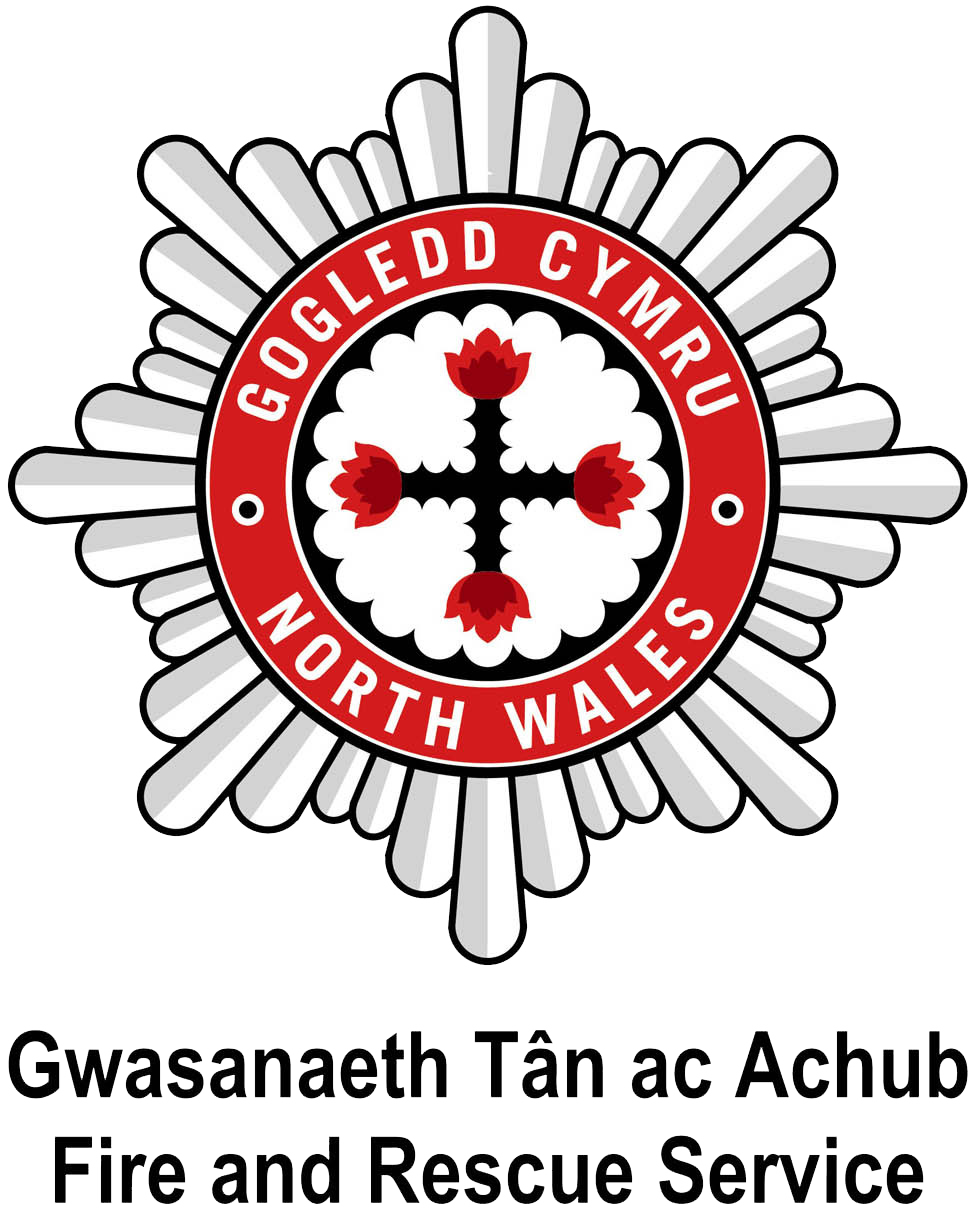Fire and Rescue Services across Wales and Welsh Ambulance Service NHS Trust launch pilot to work together to save lives
PostedThe three Fire and Rescue Services in Wales and the Welsh Ambulance Services NHS Trust are collaborating in the launch of a new pilot scheme across Wales, working together to save lives.
The Welsh Government and all public service bodies are committed to improving the quality of services provided to the public of Wales. One of the key enablers of improvement is an enhanced level of partnership in Wales to deliver services which better meet local needs and make a difference to the communities we serve.
The pilot is being launched today (21st December) by South Wales Fire and Rescue Service, with both Mid and West Wales and North Wales Rescue Services due to follow suit in their own service areas in the new year.
The intention is to improve the quality of the services provided to Welsh communities and the pilot is expected to continue across Wales until June 2016.
It will take place in specific geographical response areas and members of the public living within these areas who may require emergency assistance for a medical incident may receive a response from their local Fire and Rescue services.
Speaking on behalf of the three Welsh Fire and Rescue Services, South Wales Assistant Chief Fire Officer, Andrew Thomas said: “This pilot is an opportunity for us to work more closely together to the benefit of the public in Wales, improving collaborative working between the emergency services to ensure a better operational response, increase operational services and improve resilience – adding real value for money whilst working more effectively and efficiently.”
North Wales Fire and Rescue Service’s Assistant Chief Fire Officer Richard Fairhead said: “We would like to reassure residents across Wales that there will be absolutely no reduction in emergency response and service delivery, either from the fire and rescue services across Wales or from the Welsh Ambulance Services Trust, during the pilot period.
“The pilot will involve mobilising responders who are suitably trained individuals who will work to preserve life until the arrival of either an ambulance or rapid response vehicle.
“The exact nature of the pilot will vary in each Welsh fire and rescue service region but the overall aim of working together to save lives will be a common approach in the three regions.”
Greg Lloyd, Head of Clinical Operations at the Welsh Ambulance Service, said: “Every second counts in an emergency. If our fire service colleagues can get to a scene before one of our ambulances they can begin to deliver life-saving treatment – that’s only going to improve that patient’s chance of surviving.
“Fire Medical Response (FMR) crews are being trained to administer life-saving treatment, including CPR and the use of a defibrillator. We must stress that they will not replace the normal response of a paramedic in a rapid response car or an emergency ambulance, but will form part of an integrated approach to providing immediate, life-saving treatment to patients in our communities.
“Fire Medical Response (FMR) personnel play an important role alongside frontline ambulance staff in making sure patients get appropriate help quickly and efficiently, and they’re very much part of the Welsh Ambulance Service family.”
In North Wales Fire and Rescue Service the pilot will incorporate firefighters from each of the three duty systems – whole time (full time), retained (part time) and day crews from selected fire stations across the service area, including Deeside, Colwyn Bay, Holyhead, Holywell, Llangollen, Dolgellau and Pwllheli.
Co-Responding teams will be mobilised via fire control, as directed by the Welsh Ambulance Service Trust. North Wales Fire and Rescue Service will not be mobilising fire appliances as part of the Co-Responding Pilot but crews of two will be mobilised via car and will proceed to incidents at normal road speeds and not under blue light conditions.
The vehicles will be equipped with specialised equipment enabling specially trained staff to respond to a set of specified clinical conditions where their arrival could be achieved the soonest and where they would be adding the most value commensurate with their training and equipment. This includes being mobilised to cardiac arrests, casualties who are reported unconscious or choking, and catastrophic bleeding.
The pilot follows similar schemes being launched by a total of 43 participating fire and rescue services across the UK. At the end of the pilot period, detailed evaluation will take place to determine the success of the pilot.

